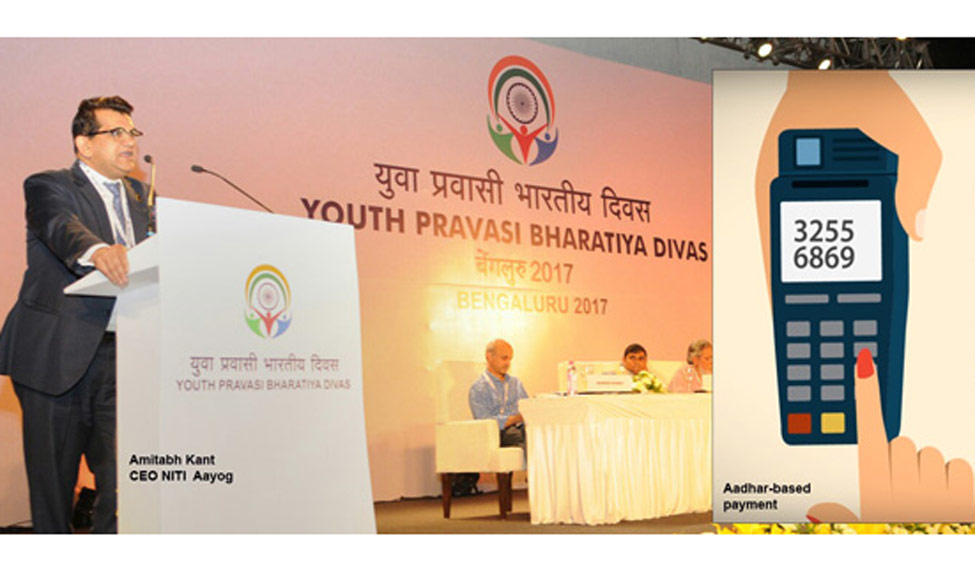Having pushed an entire nation into a situation where 80 per cent of the currency has been sequestered, at a moment's notice, the Indian governments finds itself in the position of having to put in place a solution a day—almost—to enable hapless citizens to access and spend their legally earned money.
Hence all those costly full page advertisements, day after day, courtesy public banks and financial institutions, touting the merits of this or that mobile payment scheme. Then came the second wave of ads from e-wallet services, trying to catch the windfall of e-payments forced on the population. In the Third Wave has come new solutions, from government that promise the ability to pay or receive money without a mobile phone, without Internet or a data plan. All you require is an Aadhaar number and a bank account to back it. Say hello to BHIM, Bharat Interface for Money.
Like every other payment scheme, this one is only as good as the institutions geared to work with it (with the small requirement that they need to install a finger print or iris scanner). Like every other payment, BHIM is too new to have the spread and reach of a truly national system. Each is good in parts—very small parts,
Yet the overarching enthusiasm in official circles to promote the Cashless or Less-Cash Society has seen some breathtakingly naive projections. Non more so than the widely reported opinion of NITI Aayog CEO Amitabh Kant that within the next two-and-half years, that is by 2020, India will make all its debit cards, credit cards, ATM machines and POS machines totally irrelevant.
Speaking at a session of the Youth Pravasi Bharatiya Divas in Bangalore, last week, Mr Kant is quoted by wire agencies as adding: The cards will become redundant in India as every Indian will do transactions just by using his thumb and mobile phones. The transaction would be done in just thirty seconds through Aadhaar-enabled technology.
Some 600-700 million bank account holders in India have been provided ATM -cum-debit cards and till November 8 the principal means they accessed their cash was at an ATM. A minority swiped their cards at points of sale in shops and commercial establishments, joining another 25-30 million who are fortunate to be provided a credit card. It is no secret that while such card transactions enjoy reasonable protection against misuse—one can even say good protection after RBI mandated chips in cards and 2-stage authentication—the widely used e-wallets are pretty much unprotected by appropriate rules and mandated checks. E-wallets are a work in progress in India and far from fool proof. Aadhaar-enabled payments requiring biometric authentication are nowhere near mature when it comes to infrastructure and logistics and rollout.
To suggest that India can do without cards and ATMs in under 3 years is a breathtaking disconnect from reality. Plastic is a globally accepted means of carrying money and paying and receiving its value. It has taken a quarter century to evolve and even in nations far more fortunate with Internet connectivity, credit and debit cards are preferred by large swathes of the population. So are ATMs which in India number just around 2 lakhs and are rather thin on the ground,k at that. If the NITI Aayog CEO is in a position to act on his thinking and slow down the pace at which ATMs are added in the country, or influence banks to not issue ATM cards with every account, it will only make a bad situation worse.
The way to evangelise the new less-cash, Internet driven e-payments economy is to put in place robust solutions which are seen to be easy and secure. This takes time—and enormous commitment of resources. There is no shortcut by way of trashing tried, trusted alternative mechanisms that have stood the test of time and are part of globally accepted mechanisms.





